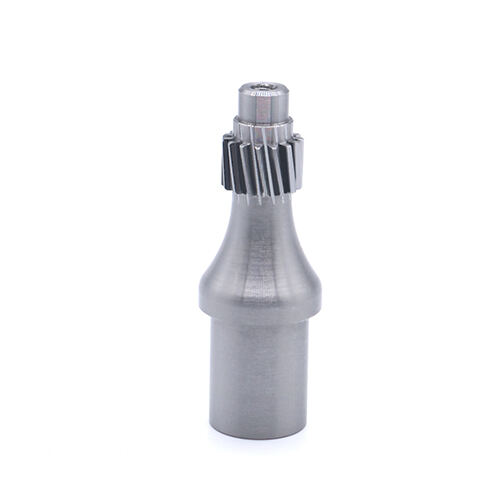How to Solve Workpiece Slippage in High-Torque CNC Turning with Custom Jaws
In 2025, over 60% of CNC turning shops report slippage issues when machining hardened steels or deep-groove profiles. Traditional hard jaws often require excessive clamping force, risking part deformation.

Methodology
1.Test Setup
• Workpiece: 4140 steel shafts (ϕ50×300mm, HRC 28-32) with 3 longitudinal grooves
• Equipment:
CNC Lathe: Doosan Puma 2600SY (15kW spindle)
Torque Sensor: Kistler 9129AA (0-600N·m range)
• Designs:
Serrated: Hardened steel with 1.2mm pitch teeth (60° included angle)
Hydraulic: Pressure-activated tungsten carbide pins
Polymer-coated: 0.8mm thick polyurethane layer
2.Test Protocol
• Baseline slippage test with standard jaws at increasing torque (200-500N·m)
• Repeat tests with custom jaws under identical cutting parameters:
Rough turning: 3mm DOC, 0.3mm/rev
Grooving: 5mm wide, 8mm deep
Results & Analysis
1.Slippage Thresholds
• Standard jaws: Failed at 320N·m (0.8mm workpiece movement)
• Serrated jaws: Held until 450N·m (40% improvement)
• Hydraulic jaws: No slippage at max tested 500N·m
2. Surface Preservation
Polymer-coated jaws left no visible marks (Ra 0.8µm) versus serrated jaws' micro-indentations (Ra 2.4µm).
Discussion
1.Cost-Benefit Tradeoffs
• Serrated jaws: Best for shops with existing chuck bodies ($350-500/set)
• Hydraulic jaws: Justified for high-mix production despite $2,200+ cost
• Polymer jaws: Ideal for finished surfaces but require weekly coating renewal
2. Limitations
Tests focused on cylindrical workpieces; irregular shapes may require hybrid solutions.
Conclusion
For high-torque turning:
• Serrated jaws provide the most cost-effective upgrade
• Hydraulic systems deliver fail-safe clamping for critical jobs
• Polymer coatings preserve delicate surfaces at lower torque levels
Future research should address quick-change systems for mixed production.


